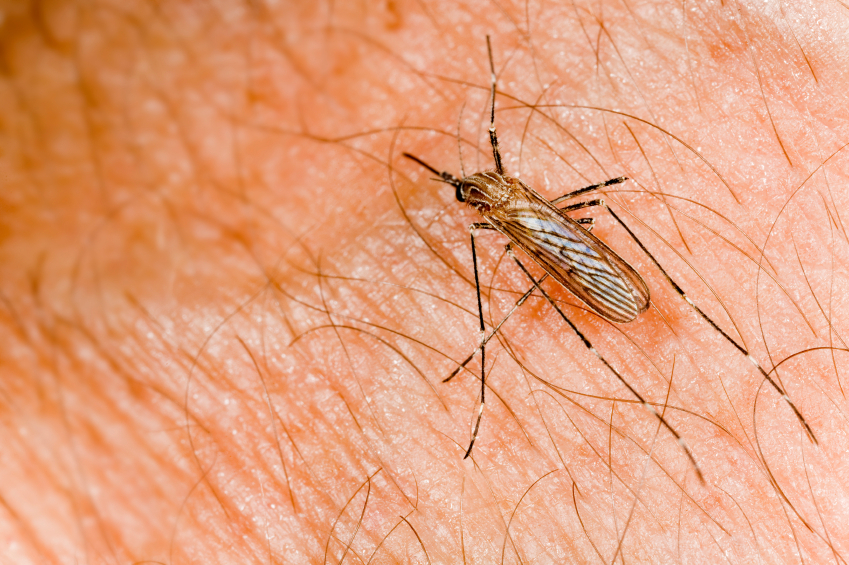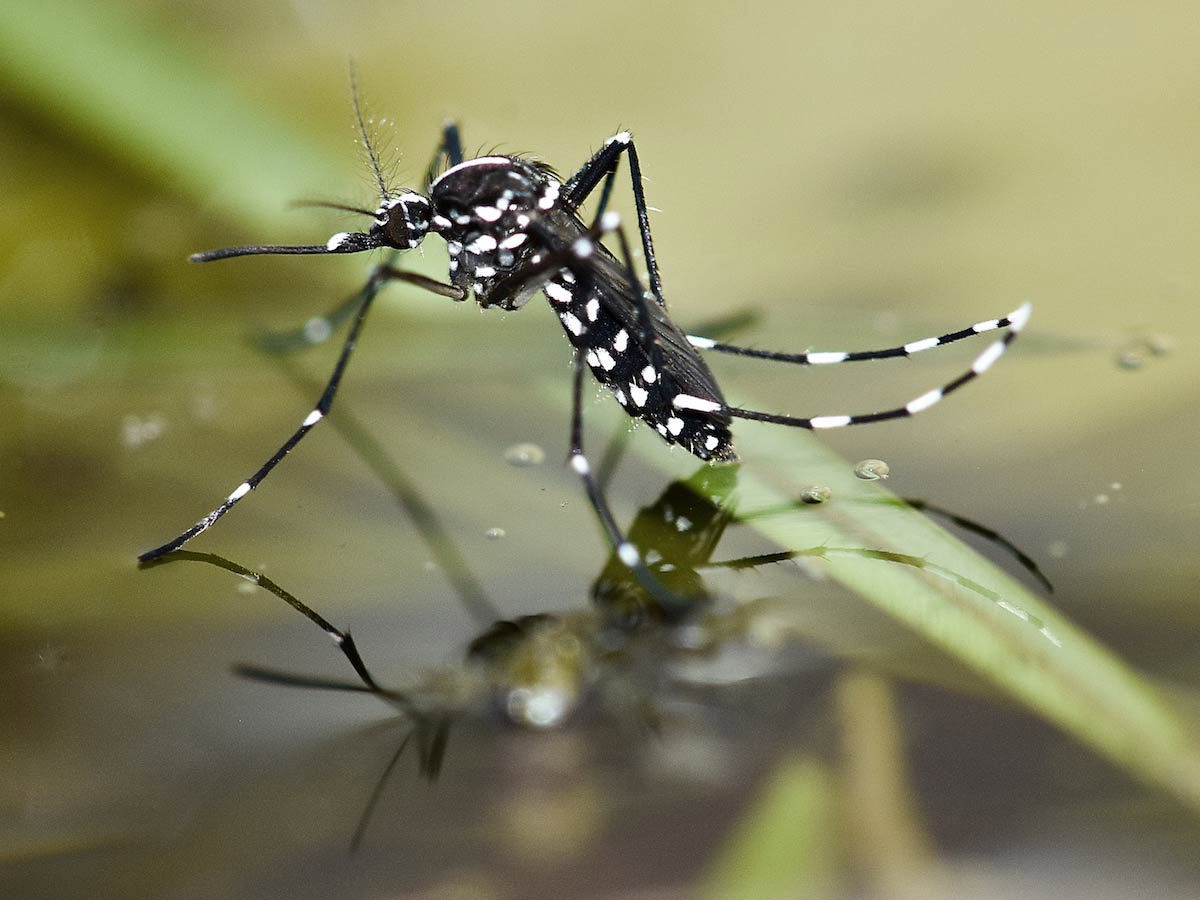Culex Mosquitoes Culex species and others

Culex Mosquito Identification
Color: Varies; mostly gray with white, silver, green or iridescent blue scales
Size: 1/4 - 3/8 inch long
Legs: 6
Antennae: Yes
Shape: Narrow, oval
Region: Found throughout U.S.
What is a culex mosquito?
Mosquitoes are one of the most bothersome summertime pests. There are over 3,000 types of mosquitoes in the world, and at least 170 of them can be found in North America. Out of these thousands of mosquito species, only a couple are known to feed on human blood, including the Culex genus. This genus of mosquitoes (sometimes referred to as common house mosquitoes) encompasses several species which are capable of transmitting diseases such as West Nile virus and Japanese encephalitis.
What do mosquitoes look like?
Culex mosquitoes can vary in color, typically appearing gray with white, silver, green or iridescent blue scales. They have two wings, a set of antennae, slender bodies and long legs. Culex mosquitoes are usually about 1/4 inch to 3/8 inch in length, although their body size can slightly differ depending on how recently they’ve fed. Individually, mosquitoes are very difficult to spot as they fly because of their small size and due to the fact that they are most active at dawn and dusk.
Common house mosquitoes are most commonly found in warm and wet environments. These hospitable conditions are ideal for these pests to find hosts to feed on, as well as lay their eggs. Culex mosquitoes hunt by detecting body heat and the carbon dioxide that humans exhale. However, only females suck human blood, while males feed on plant nectars. After feeding on a host, it can take several days for the female to digest the blood meal and then she will seek out a body of still water in which to lay eggs. Culex mosquitoes are able to breed in any form of stagnant water, including ponds, marshes, floodwaters, storm drains, old tires and water in tree holes. Females will lay eggs in “rafts” of as many as 300 on the water’s surface. Once the eggs hatch, the insects spend their larval stage submerged in water, feeding on particles of organic matter, microscopic organisms or plant material. It then develops into a pupa before finally emerging from the water as an adult. In warm weather, this developmental cycle takes about two weeks.
Mosquitoes are most active at dawn and dusk. Although mosquitoes are generally attracted to body heat and carbon dioxide, studies have shown that other factors such as blood type and the presence of naturally occurring bacteria on skin can make some people more appetizing to these blood-sucking pests than others. Additionally, dark colored clothing and perfume have been known to attract Culex mosquitoes.
Culex mosquitoes are known for causing itchy, red spots on your body from their bite. There are a few things you can do to help relieve the symptoms of a mosquito bite:
- Apply over the counter ointments and creams directly to the bite
- Clean the bite with soap and water to prevent infections
- Apply ice to temporarily relieve swelling and itching sensation
- If you experience headaches, fever or body aches, be sure to contact a medical professional immediately.
Most people have a minor reaction to a mosquito bite, but for some, the reaction may be severe. If you start to become nauseous, have chills or trouble breathing, it is important to contact a medical professional immediately.
Although mosquito bites typically result in just an itchy welt, Culex mosquitoes are known to transmit a number of diseases, including West Nile virus and several encephalitis diseases. Although most people do not show symptoms, West Nile virus can cause fatigue and fever There is no treatment for West Nile Virus, so prevention is the best way to stay safe from any and all mosquito-borne diseases.
Mosquito prevention at home starts with removing areas of standing water. Mosquitoes lay their eggs in water where the larvae develop, so it is important to empty containers such as empty tires and flowerpots, pool covers and baby pools after a rainstorm. Water in birdbaths should be regularly changed as well.
Most types of mosquitoes are active around dusk and dawn, so avoiding the outdoors at those times will reduce the likelihood of getting a bite. If you're outside, wear long sleeves, long pants and insect repellent to protect skin from mosquitoes. A small fan at outdoor gatherings may also reduce mosquitoes, as they are not strong flyers. It is especially important to wear effective insect repellents and protective clothing if traveling outside the U.S. Mosquito-borne diseases that may be rare in the U.S. are common in many foreign countries.
Most counties have a mosquito abatement program in place to minimize the local population and help keep the public safe. These programs typically involve trapping mosquitoes in different areas and testing them for known pathogens. This helps monitor the spread of diseases and warn the public of risks in the area. County programs may also include plans for periodic spraying or fogging to eliminate adult mosquitoes.
If you have a Culex mosquito problem on your property, contact a licensed pest professional to evaluate the situation and advise you on how to get rid of mosquitoes.






